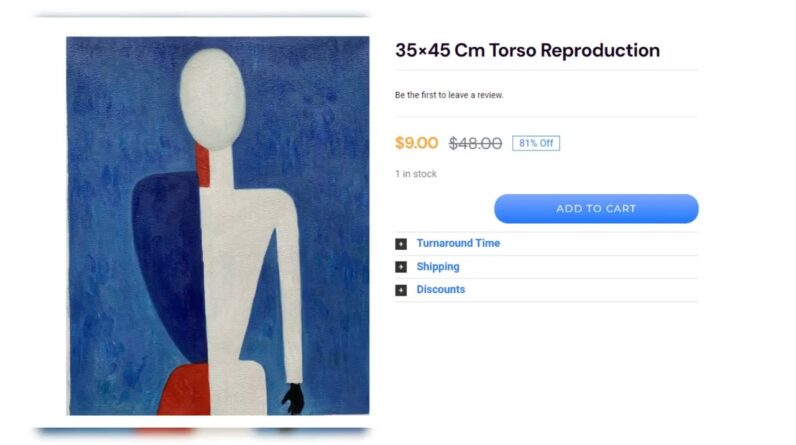Choosing an art piece that is too small for a large wall or too large for a small space can throw off the visual balance of the room. It’s essential to select art that complements the size and scale of the wall or area where it will be displayed. A small piece of art on a large wall can get lost and feel insignificant, while an oversized piece in a small room can overwhelm the space.
The right-sized art not only adds aesthetic appeal but also serves as a focal point in the room. Whether it’s a statement painting above a mantel or a gallery wall showcasing various sizes, selecting art that is proportionate to its surroundings enhances visual interest and draws attention to key areas within the space.
Moreover, choosing the right size of art can help create a sense of harmony and unity within a room’s design. It contributes to establishing coherence between furniture, accessories, and other decorative elements, ultimately achieving a well-balanced and visually pleasing environment.
In addition to these considerations, choosing suitable art sizes also impacts practical aspects such as framing and installation. The wrong size may complicate framing options or require custom fitting, adding unnecessary complexity and cost to displaying the artwork.
To ensure you choose the right size of art for your space, there are several tips you can keep in mind:
1. Consider Proportions: Take into account both the wall dimensions and surrounding furniture when selecting art pieces. Artwork should complement rather than overpower or be overshadowed by its surroundings.
2. Use Templates: Create paper templates in various sizes representing your desired artwork before making a purchase. This allows you to experiment with different placements and visualize how different sizes would look on your walls.
3. Scale Matters: Remember that smaller rooms generally benefit from smaller pieces of artwork to avoid overwhelming the space, while larger rooms have more flexibility but still need adequate sizing to fill empty walls effectively.
4. Gallery Walls: If creating a gallery wall with multiple pieces, consider using various sizes to create visual interest while maintaining balance across the arrangement.
5. Test Placement: Before committing to hanging artwork on your walls, test out different placements by propping up potential pieces against them so you can assess how they interact with their surroundings without making permanent changes.
By paying careful attention to these considerations when choosing art for your home or office, you’ll ensure that your spaces are enhanced aesthetically while providing harmony between decor elements—all starting with selecting just the right-sized masterpiece!
In this engaging ‘infotainment’ video, join us as we explore the fascinating world of wall art and answer the age-old question: how big should wall art be? Whether you’re an art enthusiast or a novice decorator, this video will guide you through essential tips to bring your walls to life. From understanding the impact of different sizes to practical measuring techniques, we’ve got you covered.





